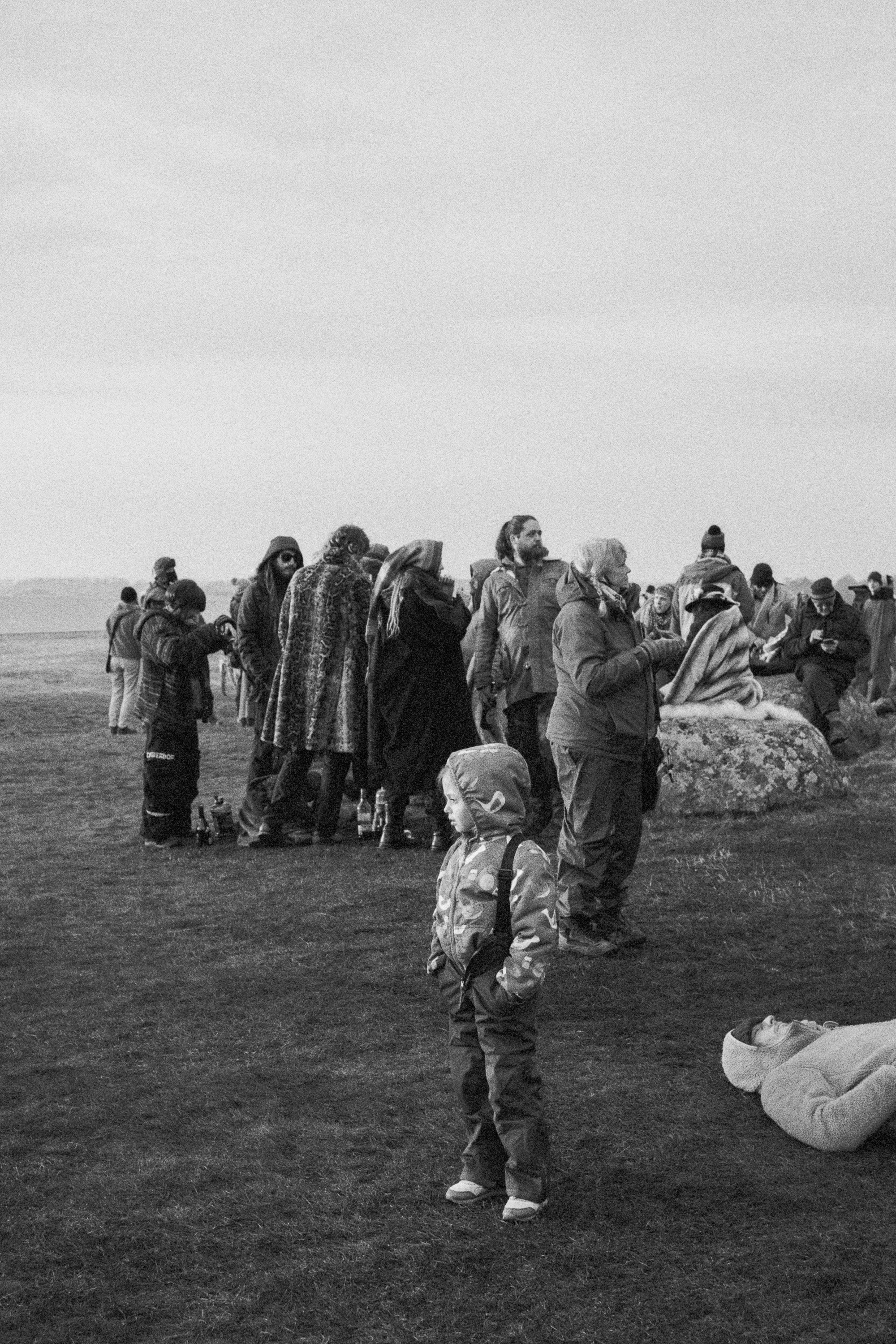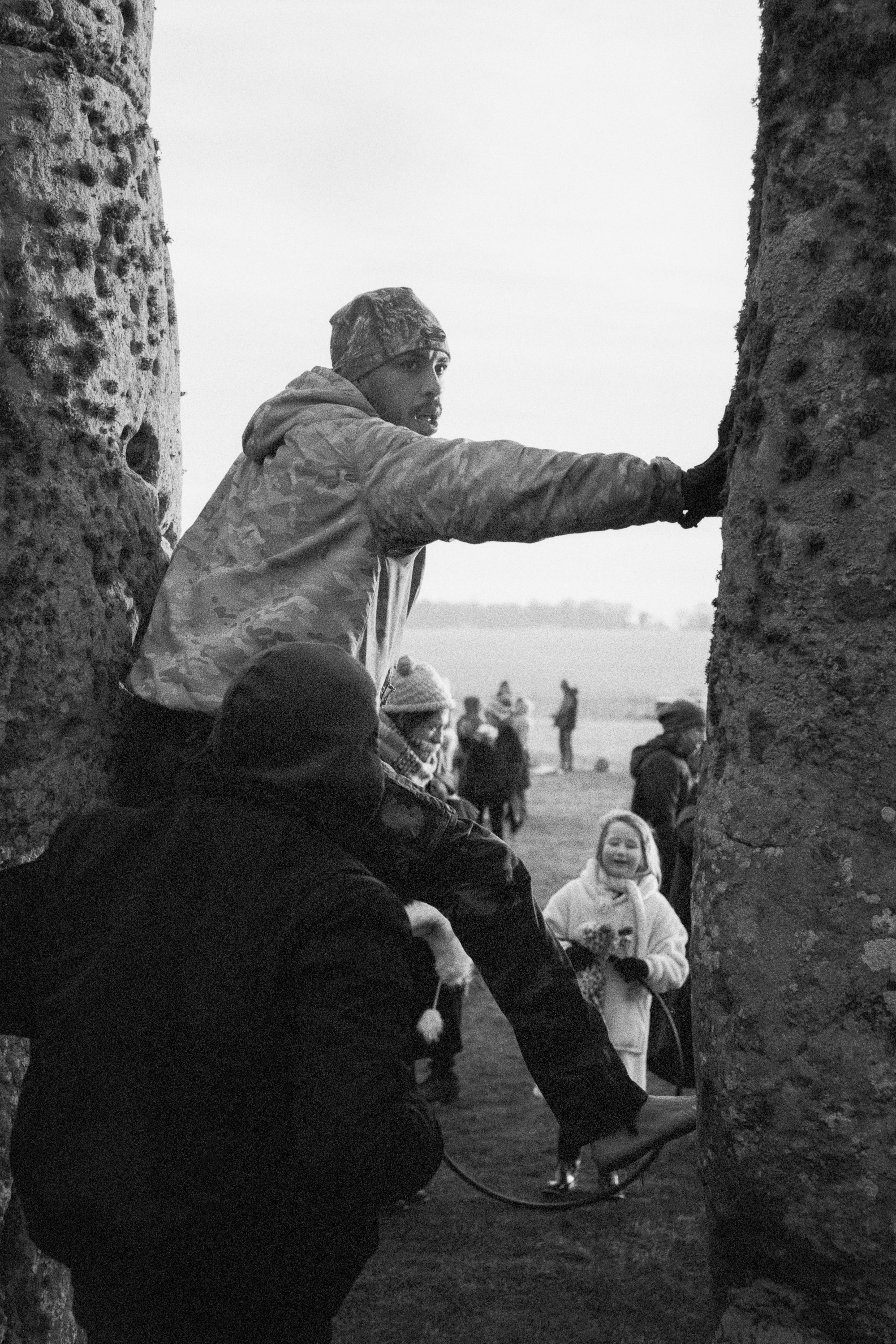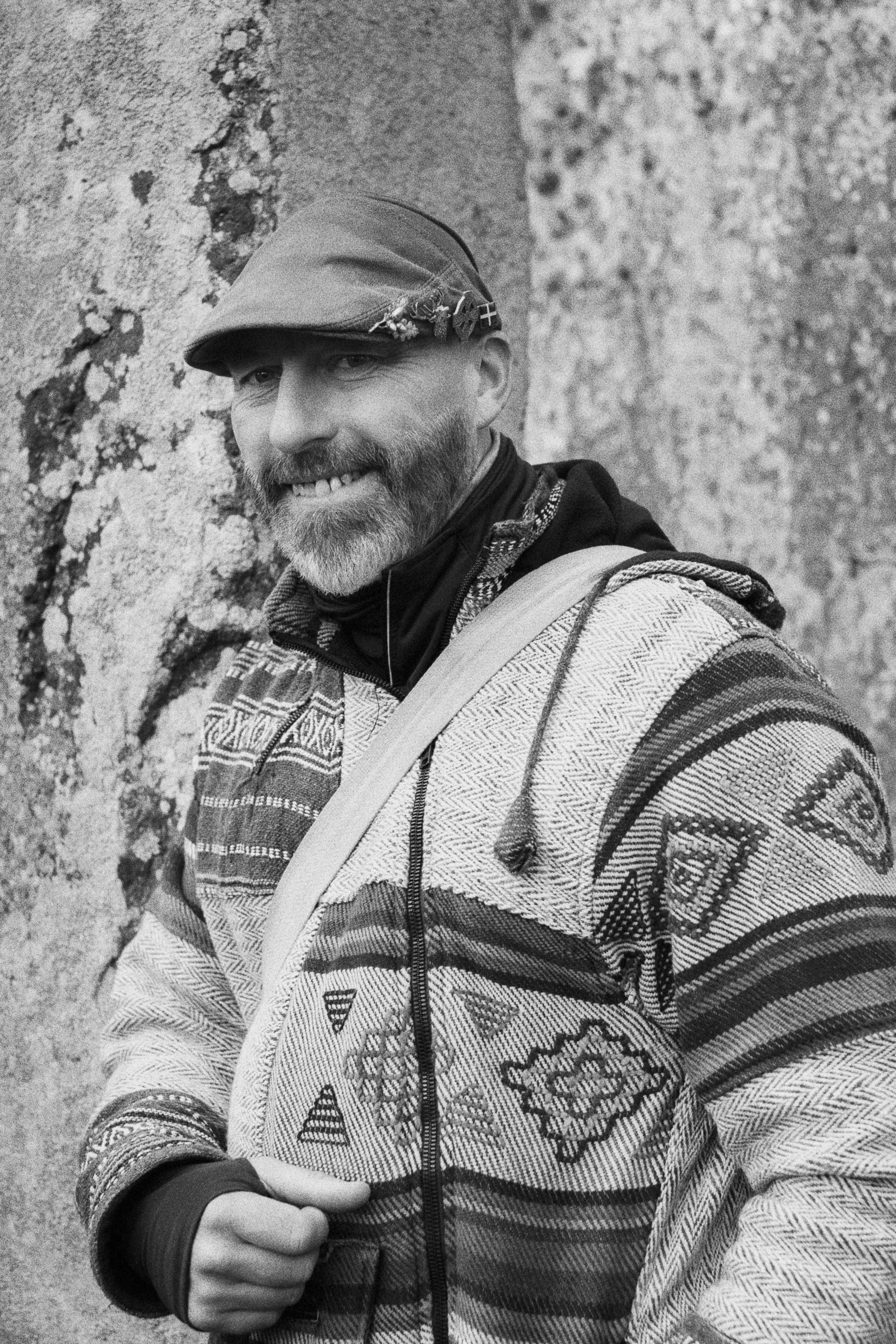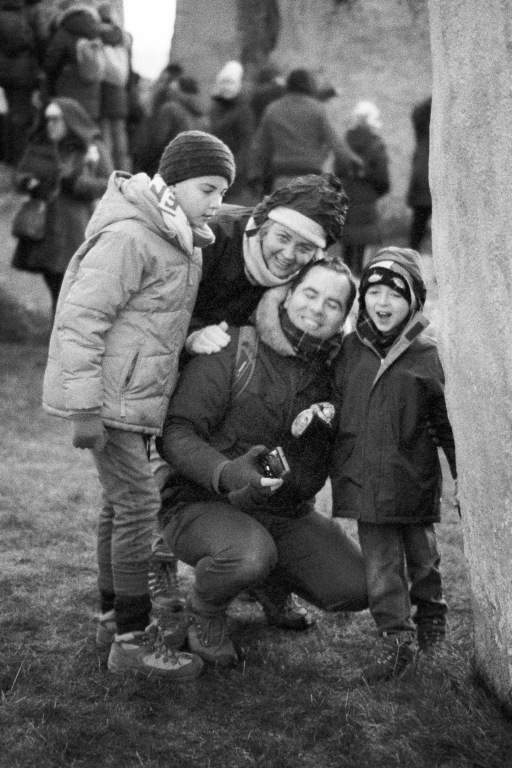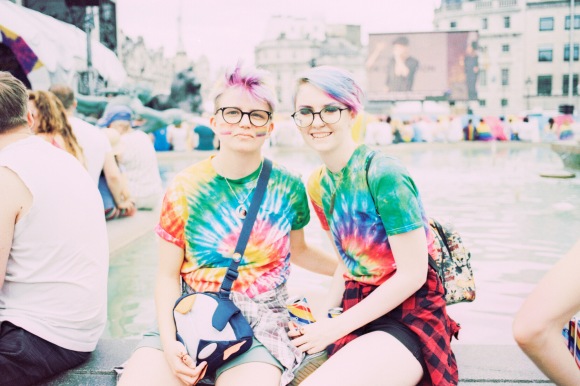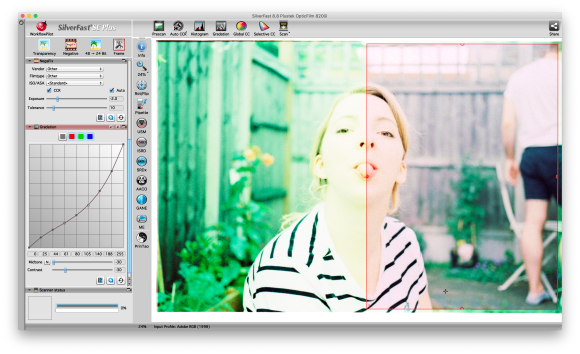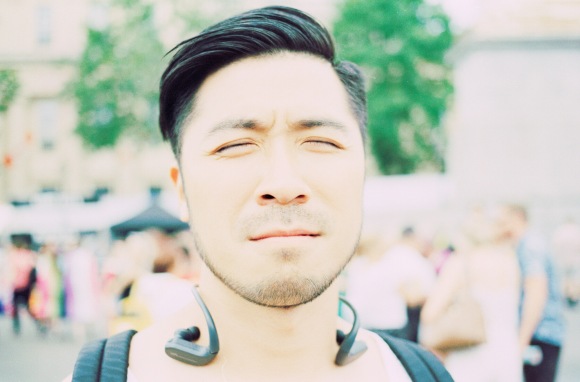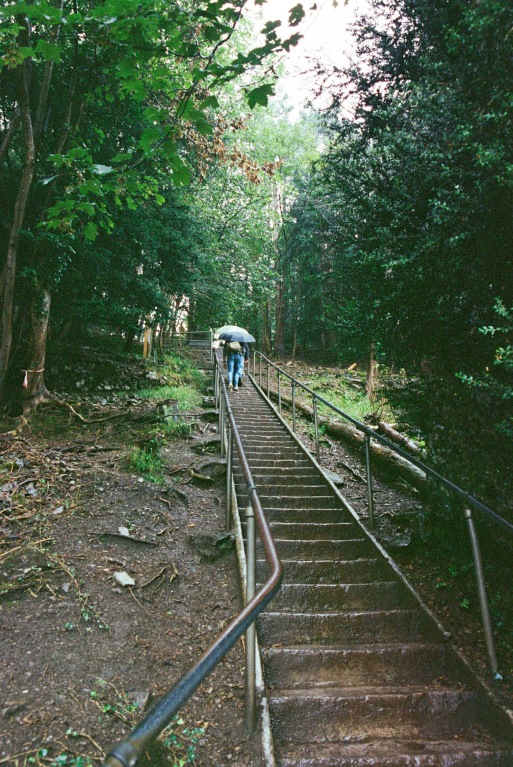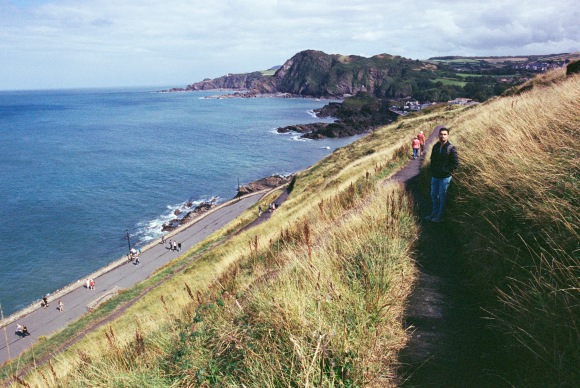The Winter Solstice
Every year on the 22nd of December Druids and Pagans gather at Stonehenge to celebrate the passing of the shortest day of the year. Under normal circumstances the stones are not allowed to be touched or have visitors in close proximity but the Winter Solstice is one of four gatherings (Spring Equinox, Summer Solstice, Autumn Equinox, Winter Solstice) where visitors are able to touch and sit with the stones for symbolic purposes.
At the Summer Solstice there can be up to 10,000 people visiting and because of the warmer temperatures it attracts visitors who celebrate the solstice but also who want to party. This is not the case at the Winter Solstice which attracts far less visitors and is seen as a more meaningful event with deep ancestral routes.
People wear traditional clothing to pay homage to their ancestors and percussion instruments are played at the early hours as the sun is rising with chanting and singing in groups or as individuals too. In ancient times midwinter feasts were part of the solstice as archeological digs have unearthed large amounts of cattle bones. The passing of winter was recognised and celebrated more than the passing of summer due to the hardships that were faced in the winter with short, colder days and less food to eat with crops unable to grow.
The photograph below is one from 2 rolls of 24 exposure film. Continue reading to see more.
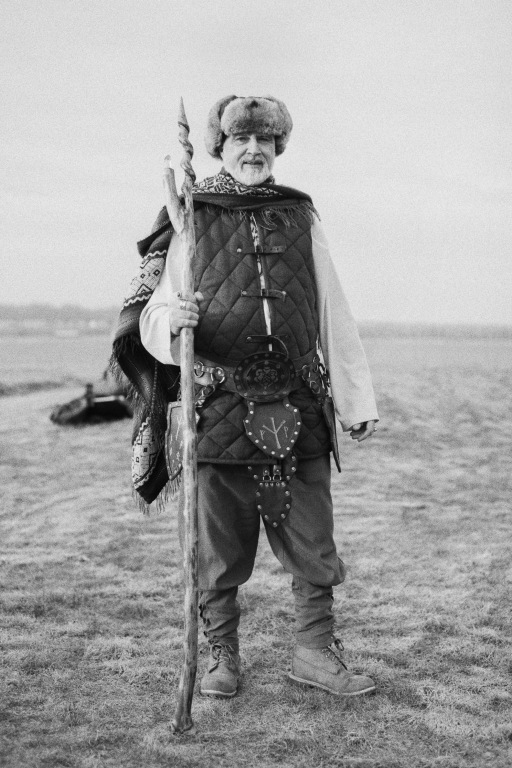
Plan your journey
It was 0ºc, frosty and a clear sky with amazing moonlight coverage when my partner and I left our Travel Lodge at 06:20. We walked to a small nearby town then along Stonehenge Road to the main bypass. Note: There is no walking allowed (signposted) from the main roundabout and police monitor it … however there is walking allowed from Stonehenge Road to the Bypass, once you’re on the bypass there is a path and eventually a road crossing (lots of traffic so be careful!) to a gate. The gate will take you straight up the field to the Stones. Every road nearby is coned off and there are police in trucks continuously driving around – this is to stop people parking cars.
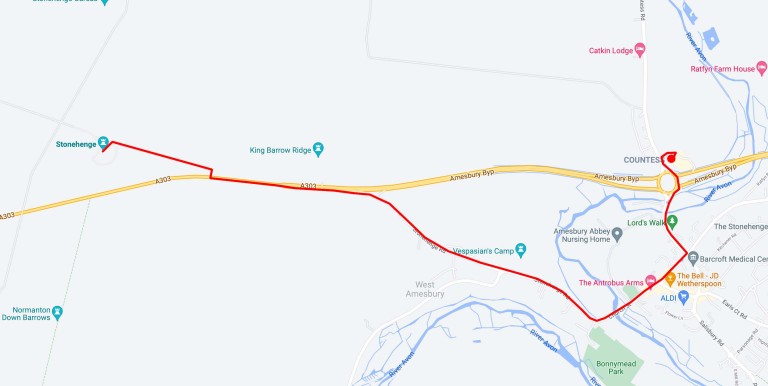
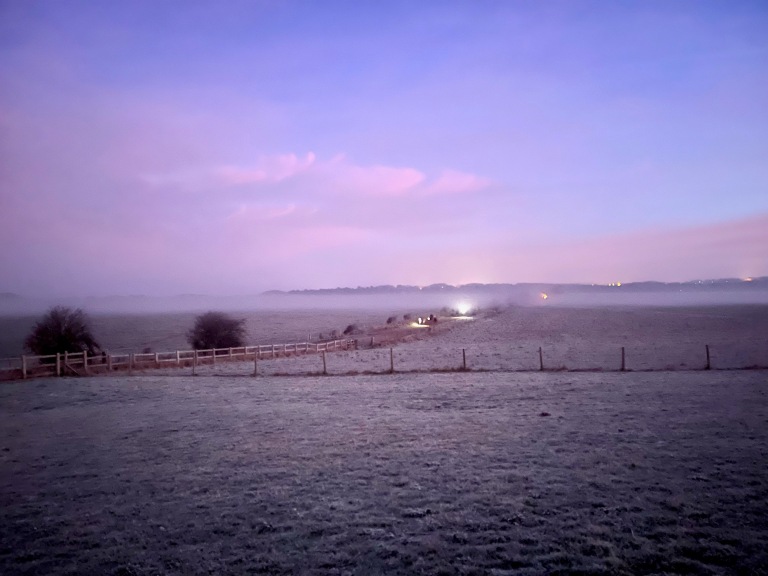
When we arrived at the stones the mist was starting to lift the sky was a deep red, violet and oranges.
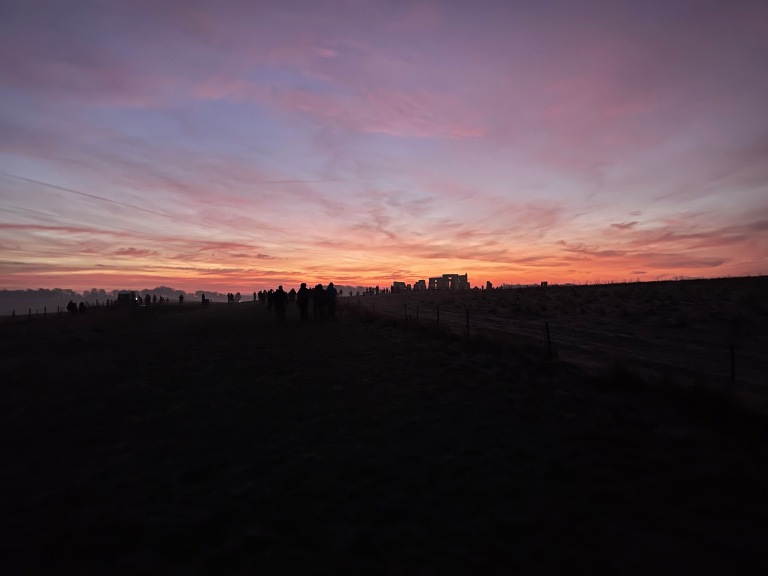
Moonlight filled the centre of the stones where everyone gathered to listen to the Druids

The sunrise was rich and colourful, when the sun burst over the horizon there was an eruption of cheering and drums banging.
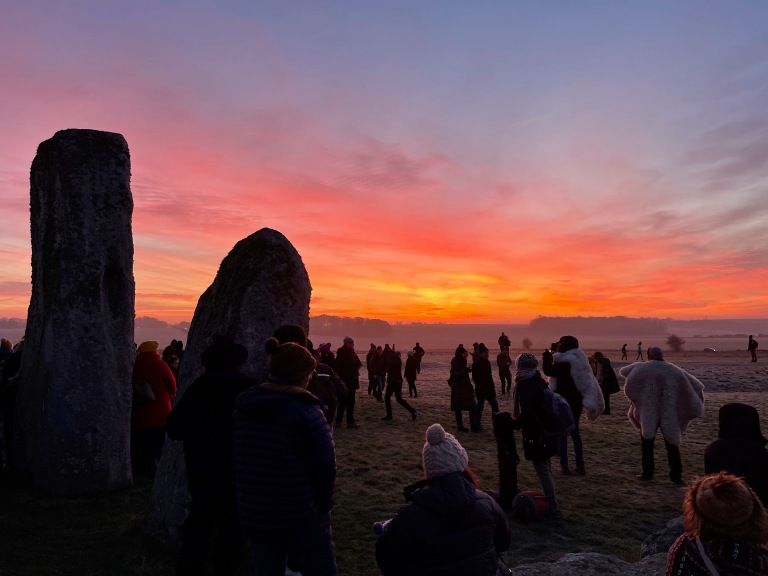
Set up
Canon EOS 1 and Sigma 50mm f1.4 Prime Lens with 2 rolls of Kentmere 400. Due to the low light I pushed the ISO to 1600 for both rolls of film. I shot mostly between f1.4 to f5.6
Develop
- The developer I used was R09 Spezial at 1+30 for 25 minutes (test strip of spare Kentmere film done first at 1600 to see if the soup mix was correct as I usually use Fomadon to develop. Test come out perfectly). Agitate the soup every 30s and tap the base to release any bubbles.
- Fomacitro 1+19 stop bath for 1 minute with constant agitation
- Fomafix 1+5 with agitation every 30s to fix the film for 10 minutes (you can not over fix and I tend to go over the recommended box numbers to be on the safe side).
- Finally I rinsed with cold water for 10 minutes. I haven’t got any wetting agent or deionised (or distilled) water at the moment so where any mineral marks remain on the film after drying were wiped away using a very fine microfibre cleaning cloth and a cleaning agent called Fotospeed FC50.
The Photographs
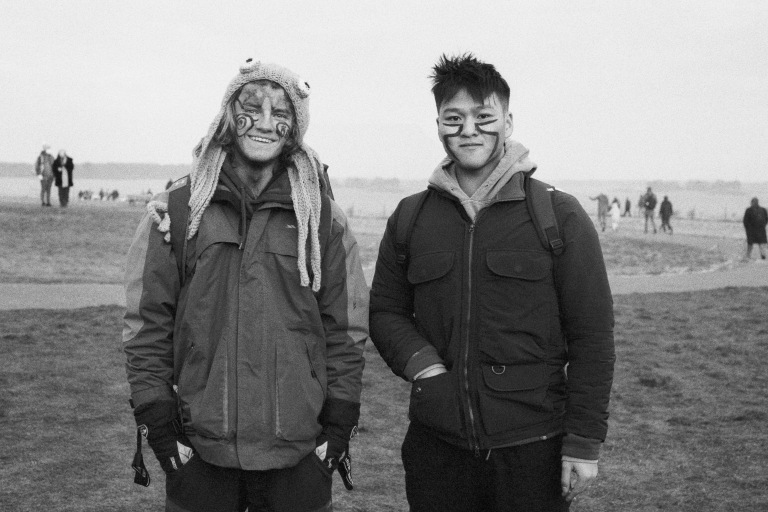
I’m really happy with the results of this film push. The tone is very even and the grain not too intrusive. In a previous post I pushed Kentmere 100 to 1600 and the images looked far too flat and lifeless. I think this was due to the slower development (120mins still develop with 1+100).
This film was very clean without many dust/scratches. Its handled very well with the push processing and I don’t see why this couldn’t be pushed to 3200 or even 6400.
The photograph below is of a scene I found particularly interesting because the man laying on the floor is completely motionless and along with everyone else is facing in the same direction towards the stones. The young girl is the only person looking in the opposite direction. I watched her after I took this photograph and she ran towards a Hula-Hoop and started to play with it.
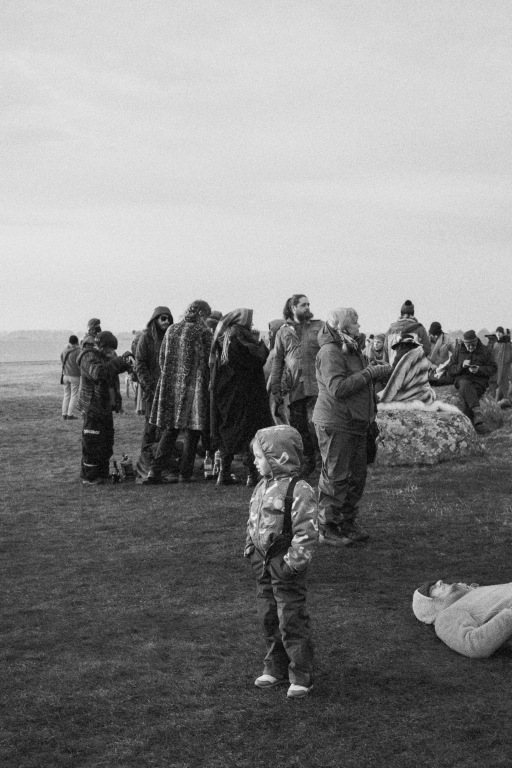
I love the fur that the woman below is wearing. The texture of her hat and clothing is soft and warm compared with the rugged and moss covered cold stone that she is leaning on. When I approached the woman for a photograph she agreed and kept her focus completely locked on the light that was being cast on her from the sun.
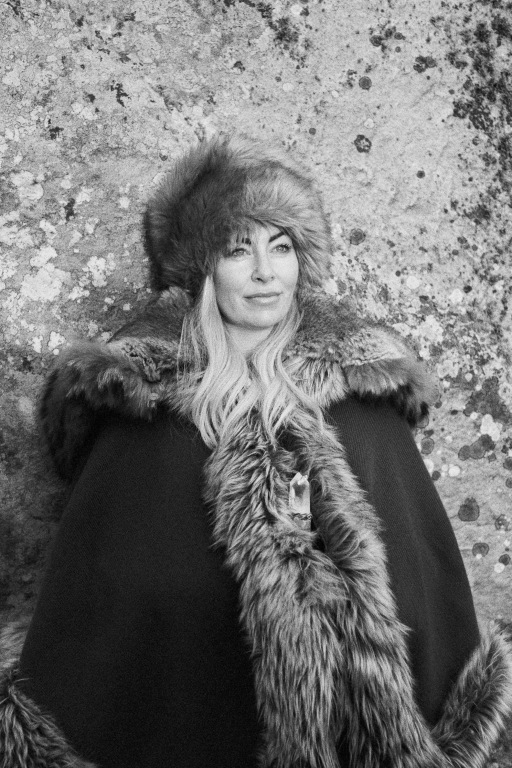
I was walking along the outskirts of the stones and turned to the right to see a father and his two sons. I love how they positioned themselves on different levels.
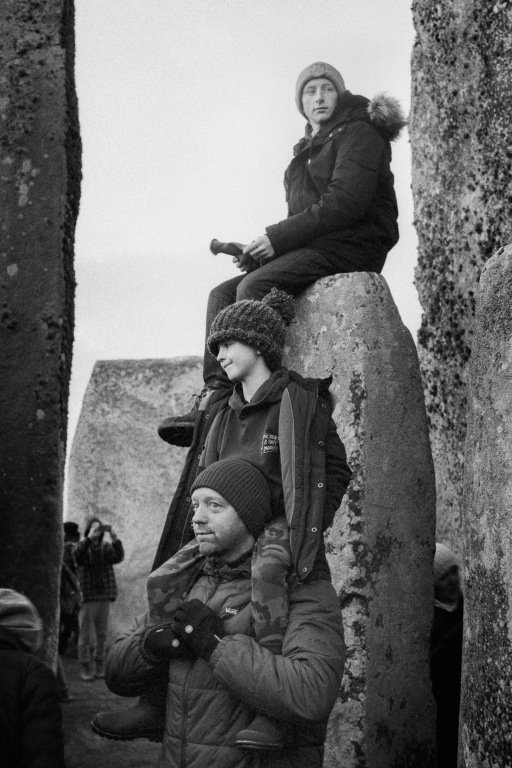
The photograph below is one of my favourites. I took it just as the sun was bursting over the horizon and everyone was facing the same direction, I turned around and saw people mesmerised by the red sky and trying to take photos. The older boy was trying to tackle the younger boy to the floor. He looked straight at the camera and I took the photograph.
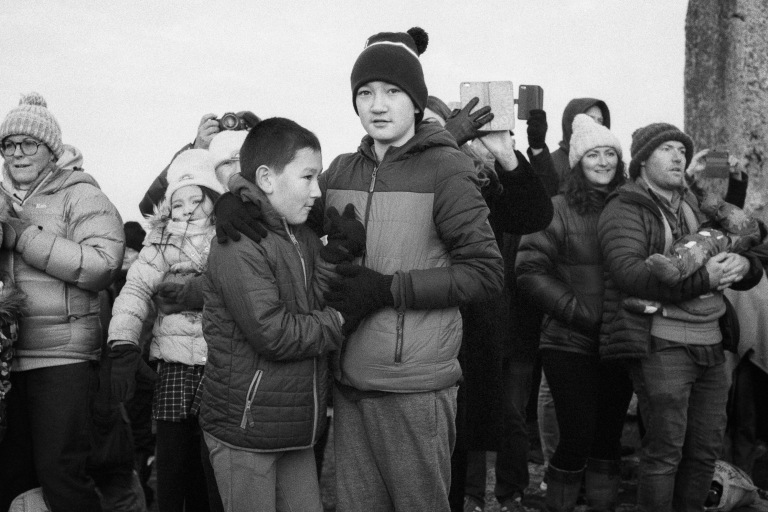
Gallery
To see the full gallery please click on the photos below
